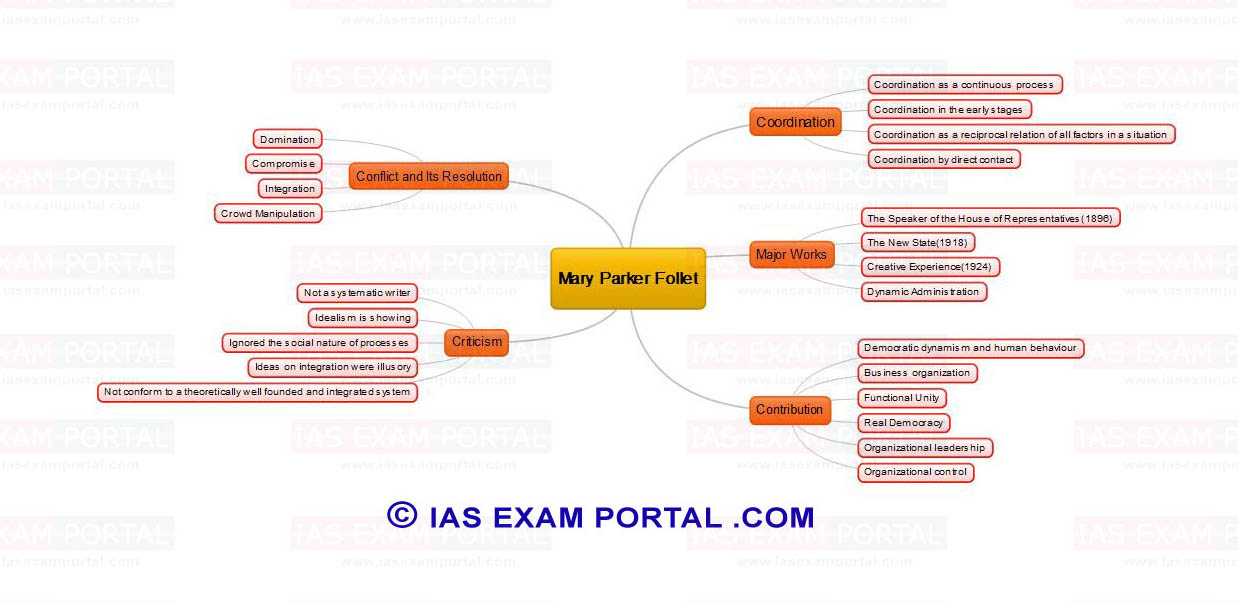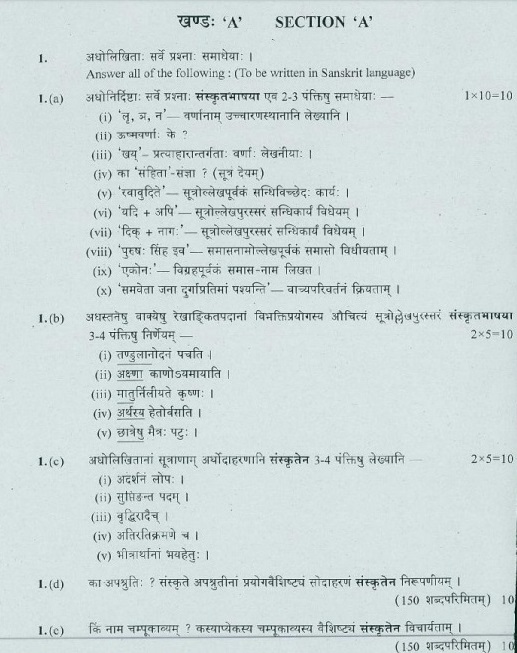
(GIST OF YOJANA) AIDS AND ASSISTED LIVING DEVICES DISTRIBUTED SENIOR CITIZENS-September-2017
AIDS AND ASSISTED LIVING DEVICES DISTRIBUTED SENIOR CITIZENS
2383 Aids and Assisted Living Devices were distributed to 1266 Senior
Citizens during a Camp on "Rashtriya Vayoshri Yojana" of Ministry of Social
Justice and Empowerment at Dr Vasantrao Deshpande Hall, Civil Lines, Nagpur,
Maharastra recently.
The devices will help the Senior Citizens toovercome their age related
physical impairment and to lead a dignified and productive life with minimal
dependence on care givers or other members of the family. The ambitious scheme,
first of its kind in the country, is expected to benefit 5,20,000 Senior
Citizens over a period of the 3 years. As per the Census figures of 2011, the
population of senior citizens in India is 10.38 crore. More than 70 per cent of
the population of senior citizens live in rural areas of the country. A sizeable
percentage (5.2 per cent) of the senior citizens suffer from some sort of
disabilities related to old age. Projections indicate that the number of elderly
population will increase to around 173 million by 2026.
The proposal for formulation of a Scheme for providing Physical Aids and
Assisted-Living Devices for Senior Citizens belonging to BPL Category was
announced in the Budget 2015-16. Pursuant to this, the "Rashtriya Vayoshri
Yojana" has been formulated. The Scheme aims at providing Senior Citizens,
belonging to BPL category and suffering from any of the age related
disability/infirmity viz. Low vision, Hearing impairment, Loss of teeth and
Locomotor disability, with such assisted-living devices which can restore near
normalcy in their bodily functions, overcoming the disability infirmity
manifested. The assistive devices shall be of high quality and conforming to the
standards laid down by the Bureau of Indian Standards, wherever applicable.
Under the Scheme, Aids and Assisted-Living Devices like walking sticks, elbow
crutches, walkers/ crutches, tripods/quodpods, hearing aids, wheel chairs,
artificial dentures and spectacles will be provided to eligible elderly
beneficiary senior citizens, depending upon their physical impairment.
Recent Initiatives
Schemes launched by the present government such as Atal Pension Yojana (APY),
Pradhan Mantri Jan Dhan Yojana, Jeevan Jyoti Yojana, PMJanSuraksha Bima Yojana
are not comparable to the schemes discussed so far, as they are contributory
schemes and not meant exclusively for elderly. They, however, certainly have
implications for the security of future elderly population.
APY, a pension scheme for unorganised sector guarantees monthly pension of Rs.
1000 to 5000 per month to subscribers. Government will contribute 50 per cent of
the subscriber's contribution or Rs.1000 per annum whichever is lower. Only non-
income tax payers, not covered by any statutory pension scheme are eligible.
Government will contribute for 5 years only for those who join between June 1 to
'December 31, 2015.
Jan SurakshaBima Yojana launched in 2015, is a government backed scheme
providing accident insurance. Persons in the age group 18-70 and having a bank
account can avail of this scheme by paying annual premium of Rs. 12, which is to
be paid or can be auto debited from their, account. For accidents- leading to
death or full disability, Rs. two lakhs are paid while for accidents leading to
partial disability Rs. one lakh are given. This scheme is linked to Pradhan
Mantri Jan Dhan Yojana launched in 2014.
Courtesy: Yojana










